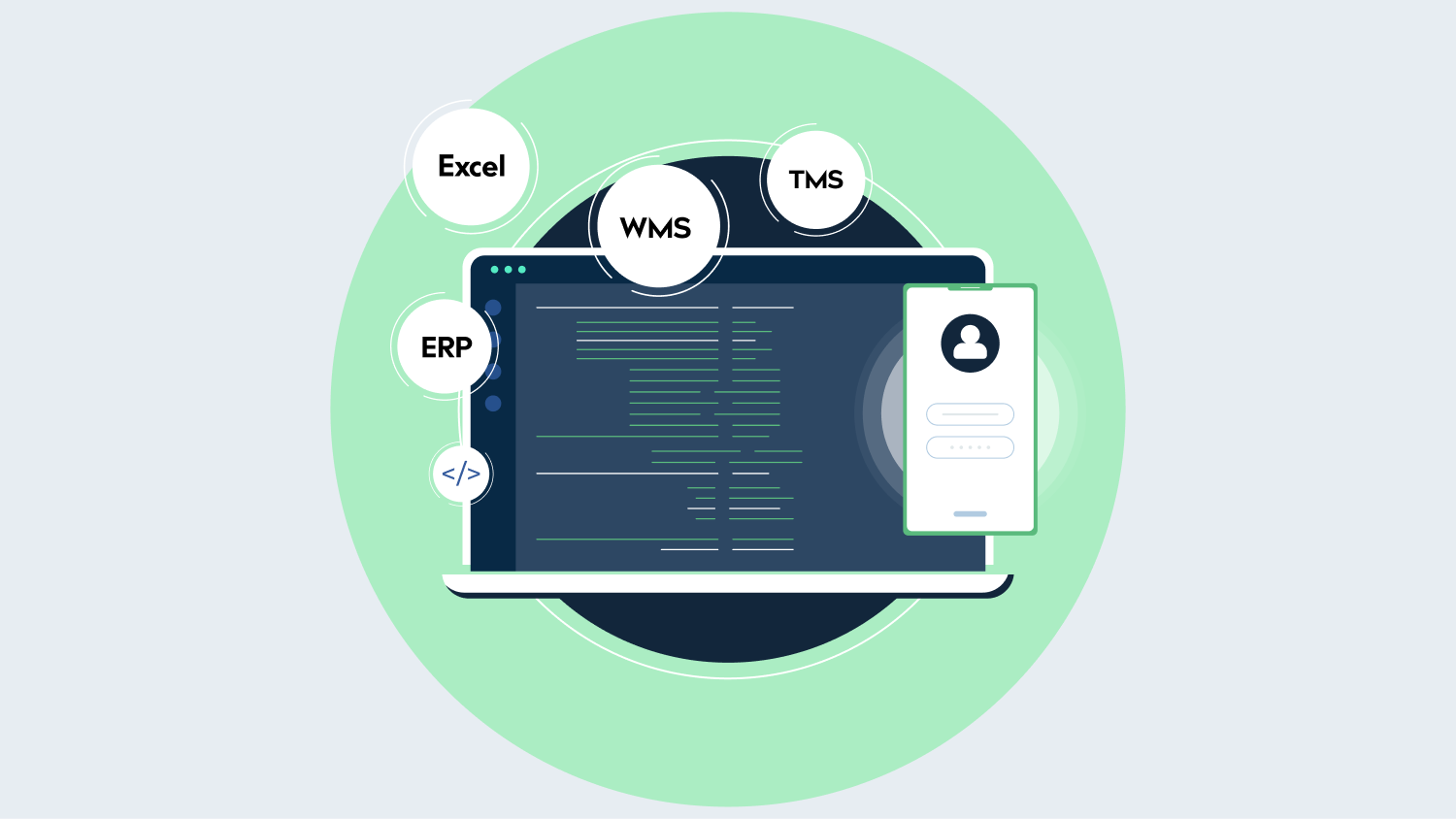Why is planning in supply chains crucial in today’s world?
Surprisingly, many executives overlook its importance. According to recent surveys by Gartner, a staggering two out of three strategy leaders acknowledge a significant likelihood of their plans requiring adjustments after annual planning.

To make strategy work in real life, it’s important to move from ideas to action. Many need a better plan for organizing their strategies, especially when it comes to managing Supply chain and Logistics. This often results in unclear goals, wasteful activities, and ineffective leaders. But there is a way forward.
By avoiding these 7 problems, you can turn your plans into effective actions that are flexible enough to adjust as needed.
Let’s see what they are!
Related Read: Key Trends Impacting Today’s Supply Chain Network | Sophus Insights
Framework to Design Supply Chain Strategy
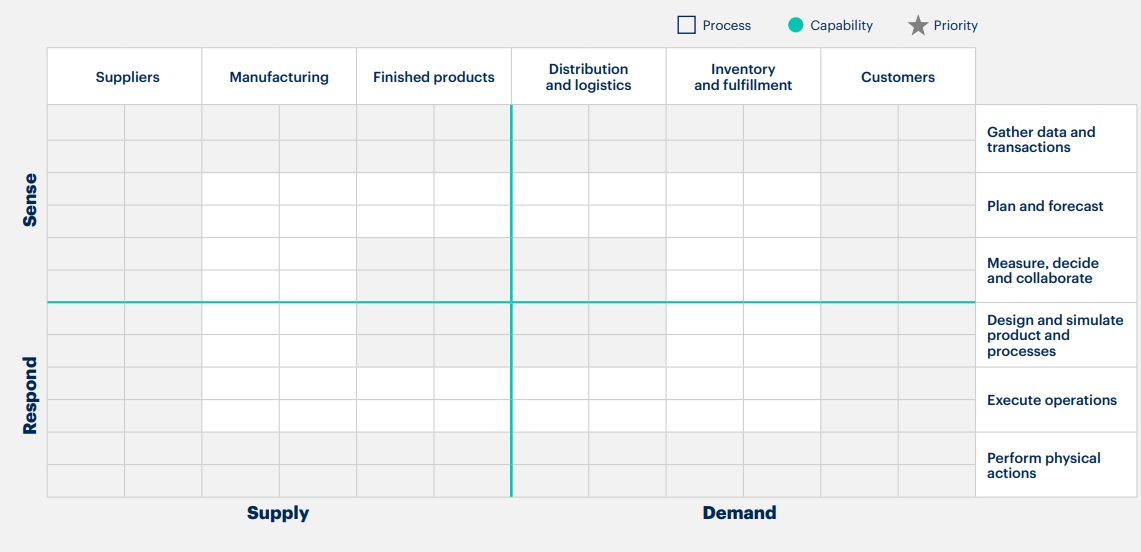
Having a plan for creating supply chain strategies helps companies understand market changes, what customers want, and how they operate. With a solid plan, businesses can make sure their supply chain goals match the company’s overall aims, spot chances to get better and come up with clear steps to improve how things work.
Here’s an example for how to create your plan with this framework:
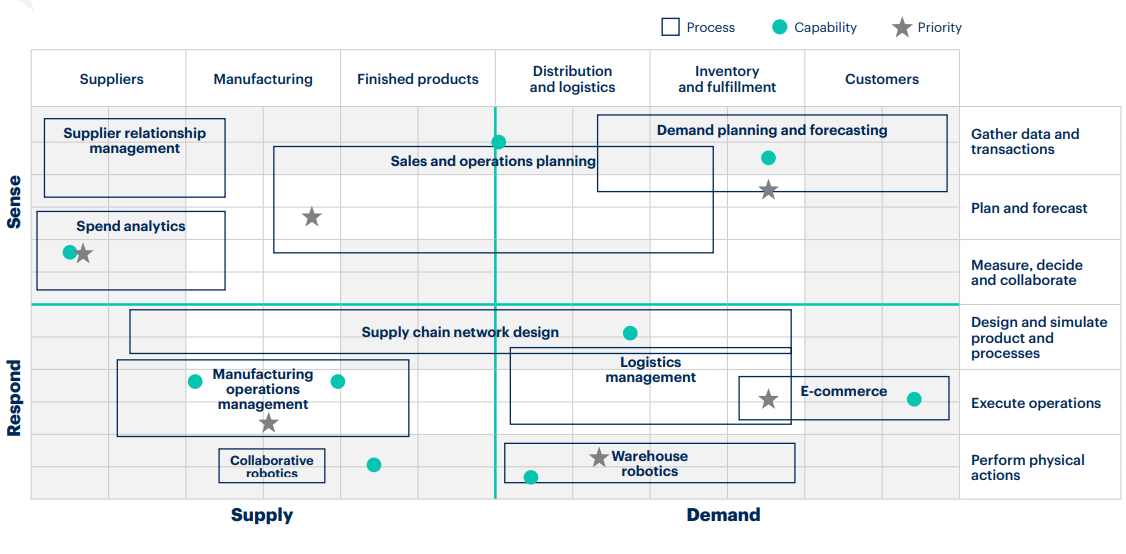
Also, having this kind of framework lets companies adjust to new market trends easily, reduce risks and take advantage of new opportunities. This keeps them competitive and successful in the constantly changing area of supply chain management.
Mistake 1: Attempting to Craft a Comprehensive Strategic Plan All at Once.
Creating a complete strategy all at once might not work well. This method can take into account how unpredictable markets can be, making the plan too rigid and unable to adapt quickly to new changes or chances that come up.
Solution
Focus on creating a simple, workable plan. When markets change often, a detailed plan can slow you down and make it hard to adjust.
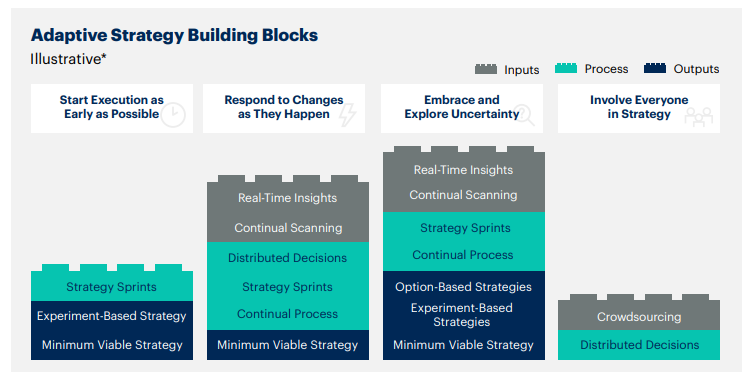
A 2022 survey by Gartner found that companies that can quickly change their plans are much more likely (198% more) to take advantage of new opportunities.
Using simple plans helps companies adapt better to changes, which is essential for staying flexible.
Mistake 2: Standardizing Planning Procedures for Cost and Time Savings
Making planning processes simpler or more uniform to cut costs or save time might not be a good solution for the ever-changing demands of supply chains.
This could cause problems, missed opportunities, and a slow reaction to market changes, weakening the flexibility and success of supply chains.
Solution
Instead of just thinking about saving money and time, make plans that really fit what people need.

When you make planning more suited to everyone’s different needs, it becomes more useful and easier for them. This way helps everyone get more involved and work better together in organizing supplies, leading to better results overall.
Mistake 3: Delegating Strategic Initiative Design Without Feasibility Testing
When you give someone the task of planning big projects without checking if they’re actually possible, it can mess up how things are run. If these plans aren’t looked at closely, they might not be realistic or have what they need to work.
This can cause problems, make things take longer than expected, and lead to not getting the results you wanted. Moreover, this could slow down a company’s progress and its ability to compete with others.
Solution
To lower the risk, it’s important to plan projects carefully and make sure there are enough resources available. Instead of just assigning design work without checking if it’s possible, companies need to test their ideas about what resources they’ll need right at the start.
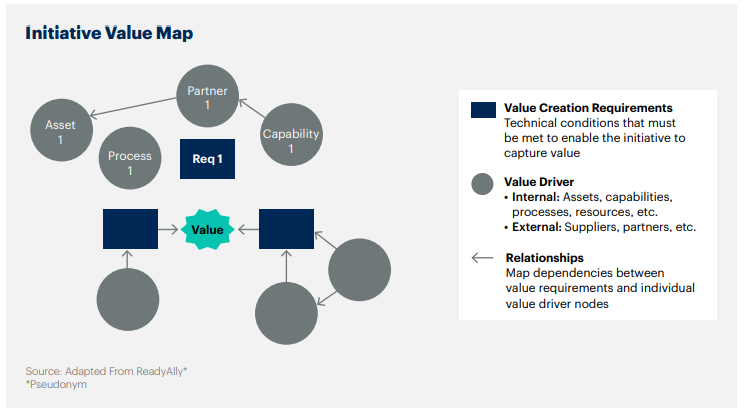
Making graphs and tables that show how each project will use resources, skills, and steps can point out any problems early on. This helps make sure everything fits together well in strategy, increasing the chances that things will work out as hoped for and helping achieve supply chain targets.
Mistake 4: Lack of Clarity on Ownership of Responsibilities
Being clear about who is responsible for what in a company can lead to clarity and problems with planning. People need to learn their specific duties to make sure everyone is working together properly and achieving the company’s main goals.
In short, not setting clear responsibilities can weaken the success of projects meant to improve how things are run, making it tough for the company to reach its big targets.
Solution
To address this challenge, it’s crucial to establish clear ownership of responsibilities for each aspect of supply chain planning. Clearly defining roles and responsibilities within the organization ensures accountability and alignment with strategic objectives.
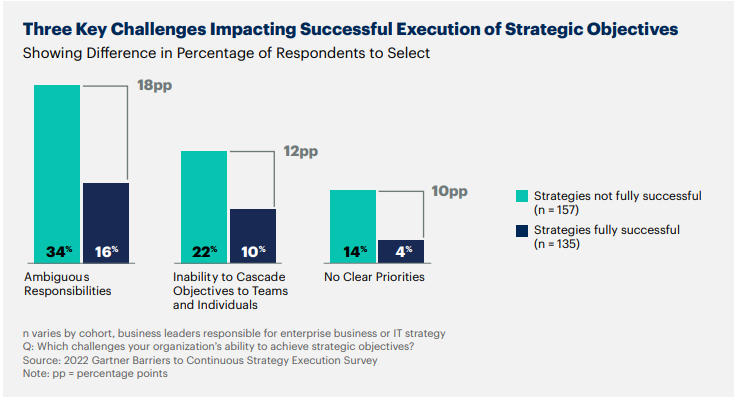
This transparency enables executive leaders to proactively address risks, adapt to changing priorities, and drive successful execution of supply chain initiatives.
Mistake 5: Failing to Cascade Plans Across Silos
Not sharing plans across the whole company and only from the top down can make supply chain planning difficult. In today’s world, where different parts of a business work closely together and depend on each other, this way of doing things misses out on how complex and connected different departments are when it comes to supply chains.
This might lead to uncoordinated work, unrelated goals, and poor decisions. All of these issues can prevent a company from reaching its big goals and improving its supply chain.
Solution
To tackle this challenge, it’s important to create a plan and encourage teamwork across different departments before starting any projects related to the supply chain.
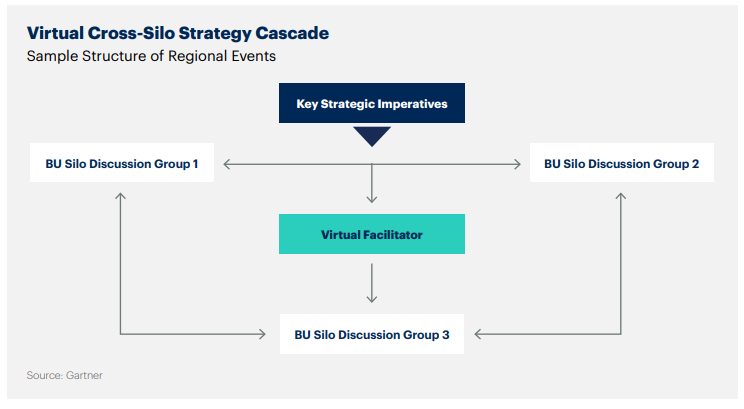
By working together and making sure everyone is on the same page, companies can make sure that those in charge of planning the supply chain know how their job affects others in the company.
This leads to better cooperation, teamwork, and well-rounded decisions, improving how successful these projects are.
Mistake 6: Neglecting to Focus Performance Measures on Key Strategic Assumptions
If businesses don’t carefully choose the most important performance goals based on their main strategies, they might not achieve their supply chain plans as expected. This happens because instead of paying attention to the crucial strategies for success, companies might end up tracking results or numbers that don’t really show how well they are doing towards their big goals.
When companies don’t concentrate on these essential strategic points, it becomes hard for them to handle unpredictable situations well. This can cause slow progress and problems in meeting their supply chain targets.
Solution
To tackle this challenge, it’s important to concentrate on measuring the main ideas behind our plans instead of just looking at the results.
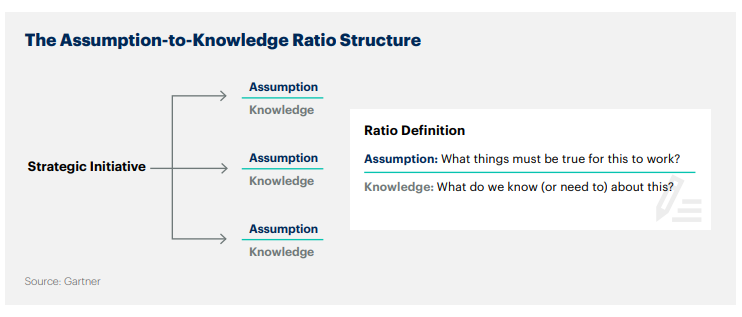
By making sure these measurements match up with our big ideas, companies can more easily handle uncertain situations and keep a clear view of their goals while carrying out their plans.
Using measures to check whether our basic ideas are correct helps organizations make smarter decisions and change direction smoothly when necessary.
This method makes organizations quicker to adapt, ensures everyone is working towards the same goals, and increases their performance in planning for supplies. This leads to better overall results and the achievement of strategic goals.
Mistake 7: Failing to Pressure-Test Plans Against Future Scenarios
Not checking your plans against possible future situations can weaken your supply chain planning and expose it to unexpected risks and problems. If you don’t consider different ways things could change, you might miss important details that affect how well your big projects and investments in the supply chain work out.
If companies don’t test their plans with these future possibilities in mind, they might not be able to spot and handle risks properly. This could lead to missing good chances, spending more money than needed, and falling behind competitors.
Solution
To tackle this problem, it’s important to use scenario planning when creating a supply chain strategy.
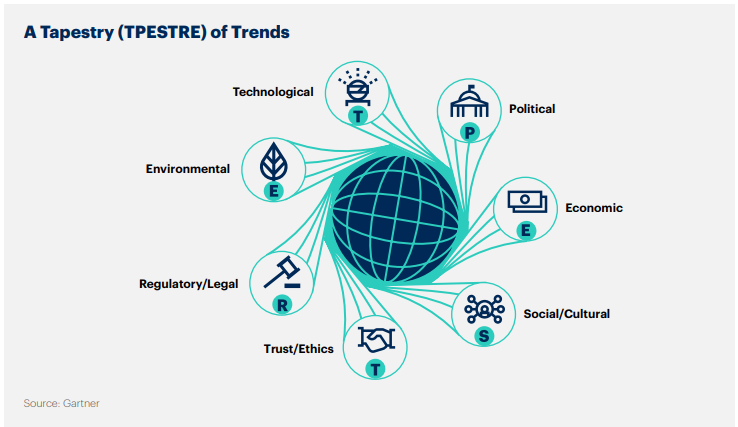
This means thinking about a few possible situations that could happen and checking if the plans and investments will work well under these conditions. It helps find chances for success and risks.
This allows leaders to make better choices and prepare backup plans for any future surprises, strengthening and flexing the supply chain.
Final Words: Supply Chain Excellence with Sophus Technology
Effective supply chain planning requires careful consideration of potential pitfalls and proactive strategies to overcome them. By avoiding common mistakes, organizations can enhance their ability to achieve strategic objectives and optimize supply chain performance.
Sophus Technology stands ready to assist organizations in navigating the complexities of supply chain planning. With our innovative solutions and expertise in supply chain network design, we empower businesses to tailor planning activities to their unique needs, foster collaboration across silos, and establish clear ownership of responsibilities.
With Sophus as your partner, you can navigate the challenges of supply chain planning with confidence, unlocking new opportunities for growth and success in today’s dynamic business landscape.



